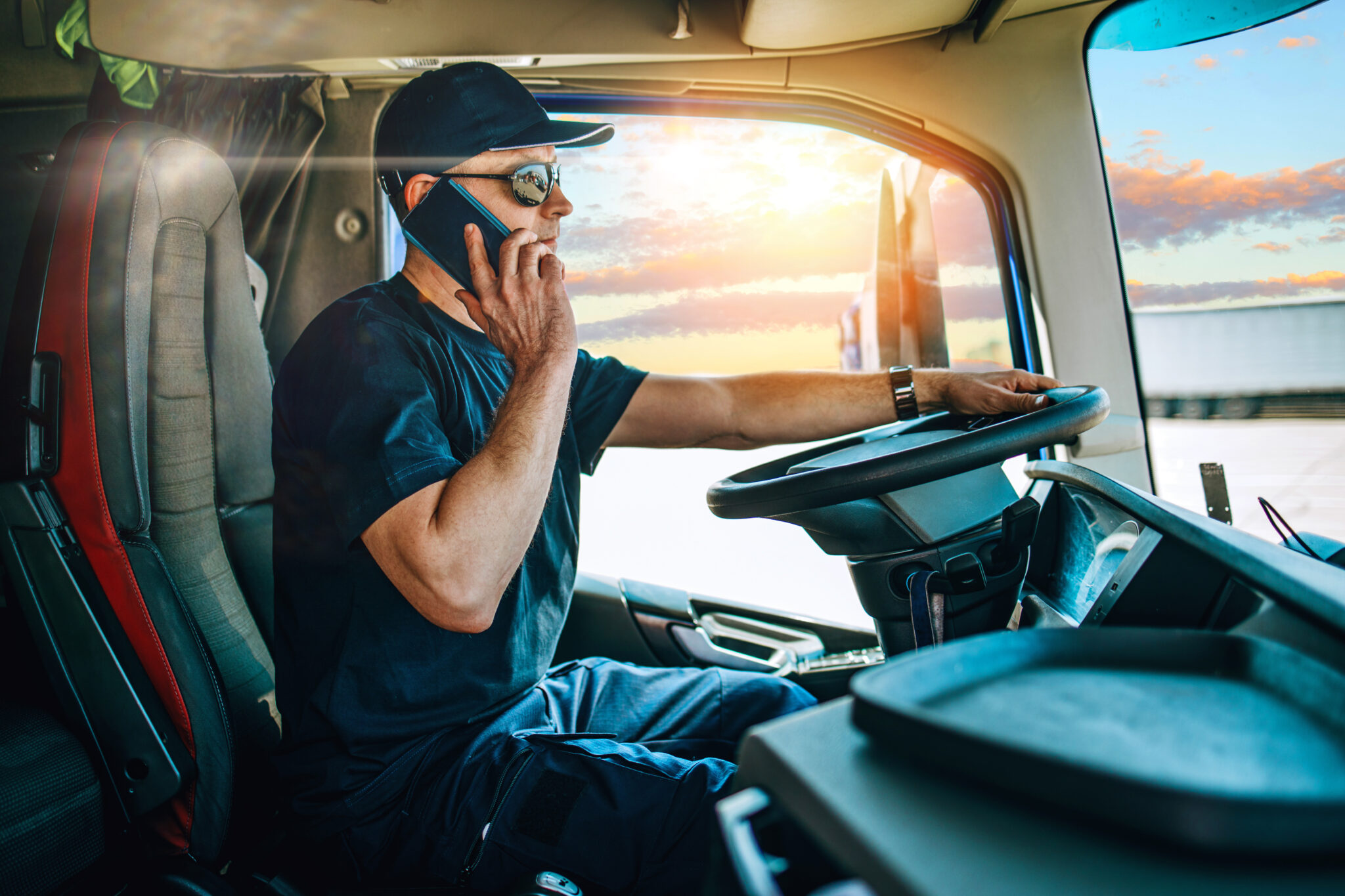According to a recent survey conducted by Teletrac Navman, 70% of businesses have experienced the effects of distracted driving incidents. Notably, 68% of survey respondents identified mobile phone use as the primary cause of these distractions.
Distracted driving remains a pressing issue for businesses operating in today’s fast-paced environment. As the reliance on mobile devices grows, so does the potential for distraction behind the wheel. Teletrac Navman’s survey revealed that nearly 49% of respondents said that distracted driving had a direct financial cost on their business; 40% said it caused operational disruptions; 28% said it led to safety & compliance breaches; and 25% experienced reputational damage. According to the Department for Transport’s 2023 report on Road Accidents & Safety Statistics, there was a staggering 14,121 accidents involving light to heavy goods vehicles, including buses and coaches.
“This is a statistic that underscores the need for urgent action, and this report documents how fleet operators around the world are looking to make a significant change,” said Alain Samaha, CEO, Teletrac Navman. “Safety and distracted driving jeopardizes the lives of drivers and the general public but also poses significant commercial risks. These risks can lead to increased insurance premiums and various direct costs associated with safety incidents, underscoring the critical importance of prioritizing safe driving practices within the industry.”
Technology, training, and developing a culture of safety are three tactics being employed by fleet operators to reduce the number of incidents. Among the array of technologies employed, 78% of respondents are using advanced telematics solutions. This includes various tools such as forward-facing cameras, driver-facing dash cams and digital coaching apps, which collectively enhance visibility into driver behavior and operational safety.
70% of respondents are using technology in conjunction with coaching programs to reinforce safe driving practices. This combination is proving effective, particularly with driver and forward-facing cameras, where an impressive 80% of users reported a positive impact. This shows a clear correlation between the overall effectiveness of interventions and the variety of solutions deployed and that the most substantial impact is achieved through the implementation of multiple, complementary solutions. In fact, 73% of respondents believe their solutions for reducing distracted driving were effective, with the data providing insights into the perceived impact of these solutions.
“Our customers seek effective solutions that not only enhance driver well-being but also ensure operational efficiency and sustainability, but prioritizing safety is paramount,” added Samaha. “Our commitment is to empower fleet operators with the tools they need to create safer work environments.”



